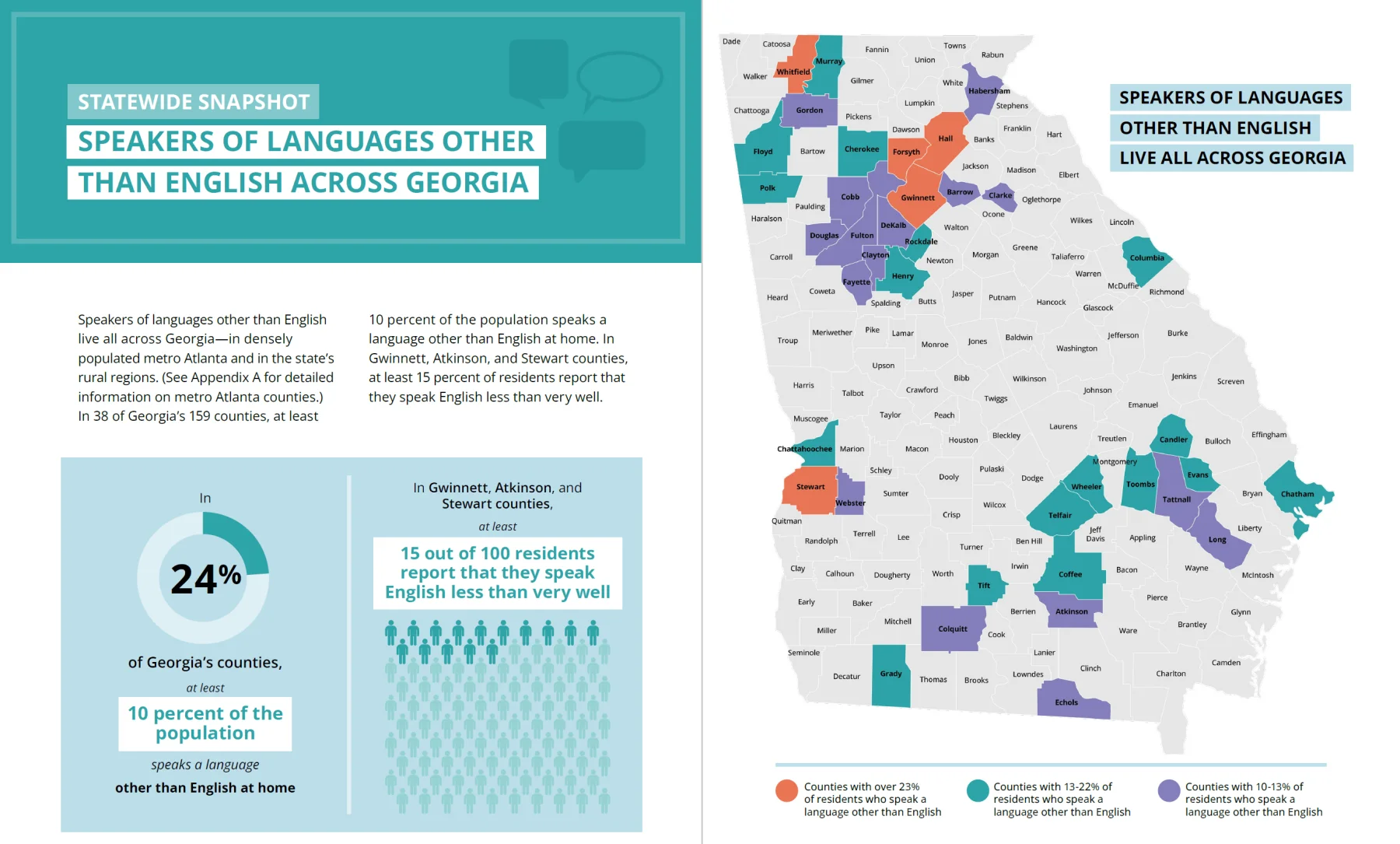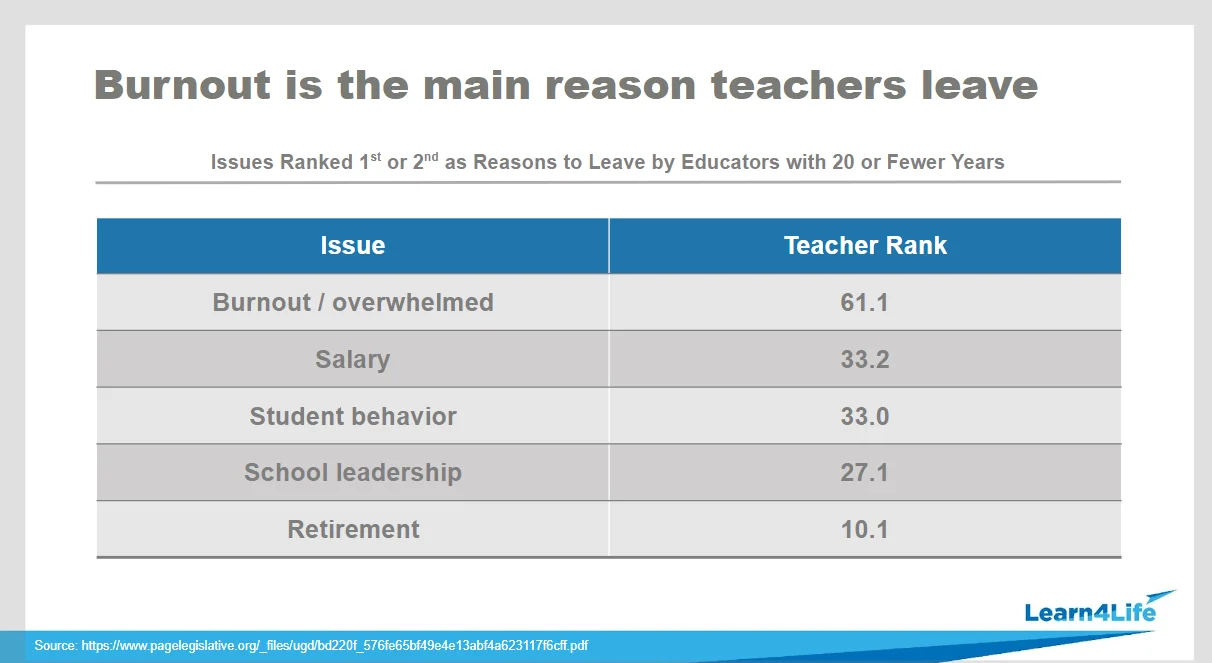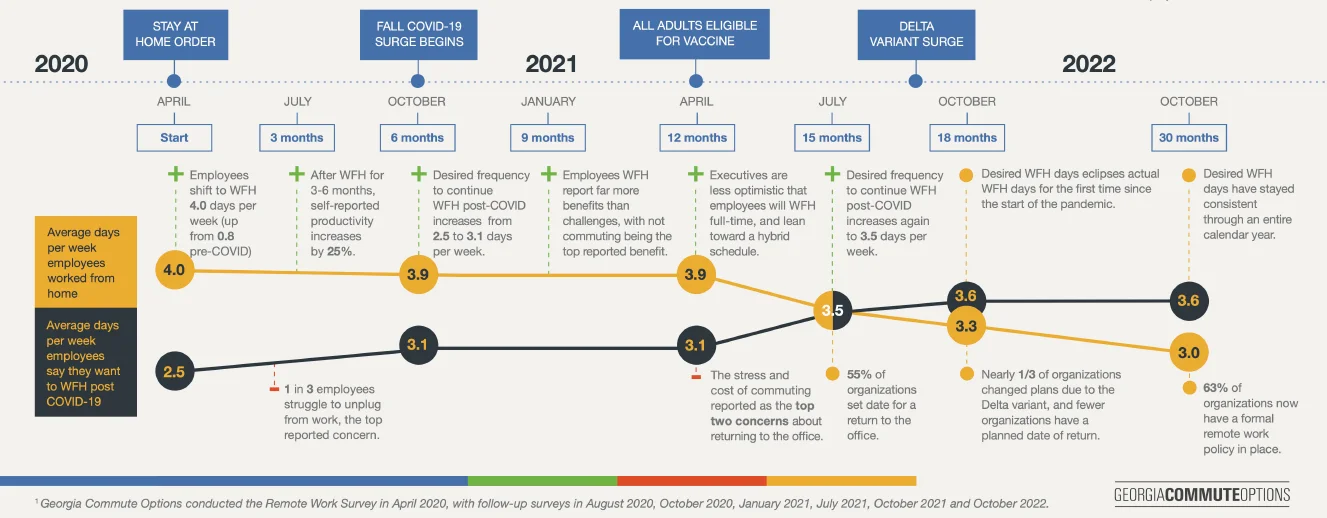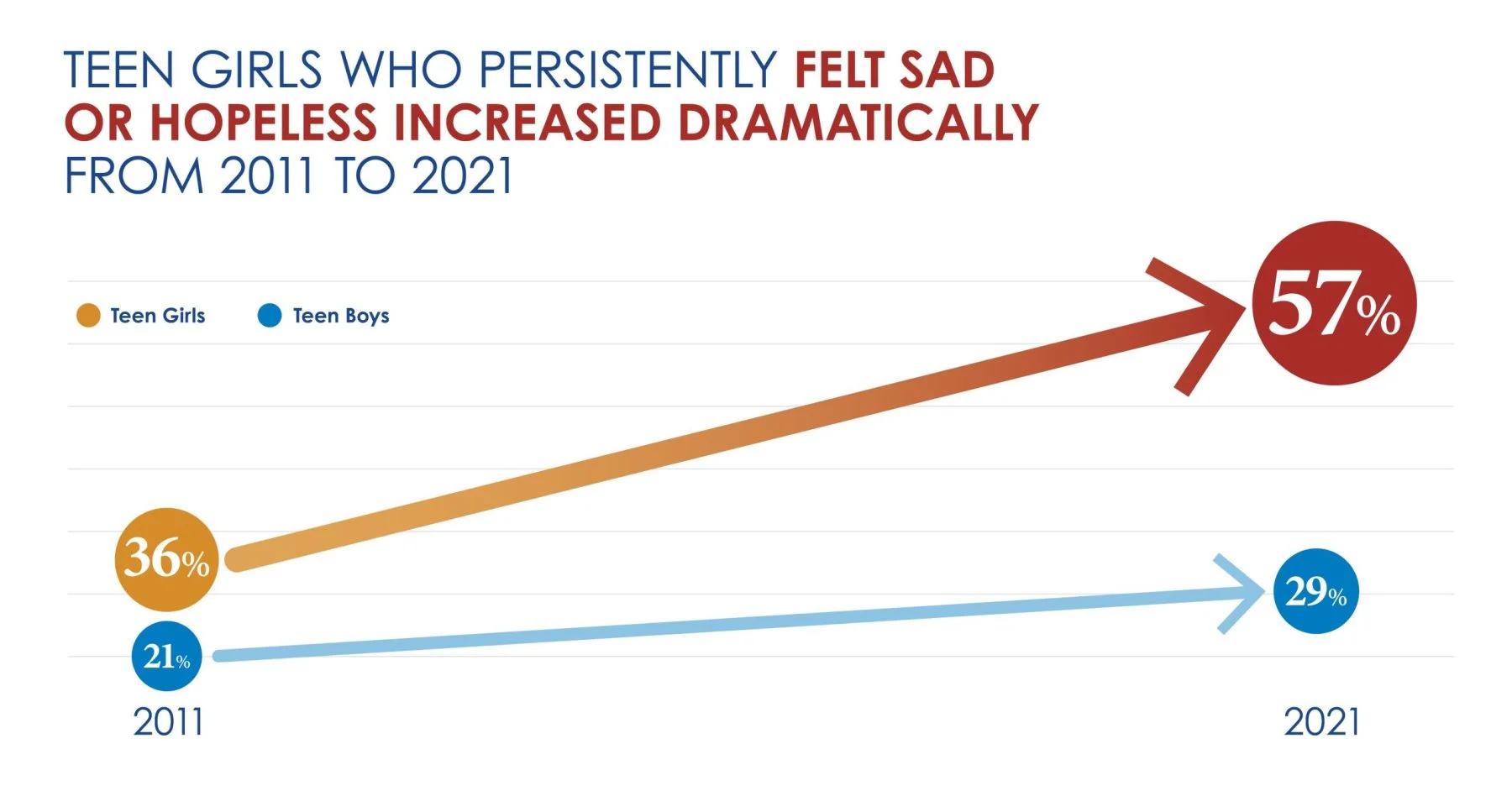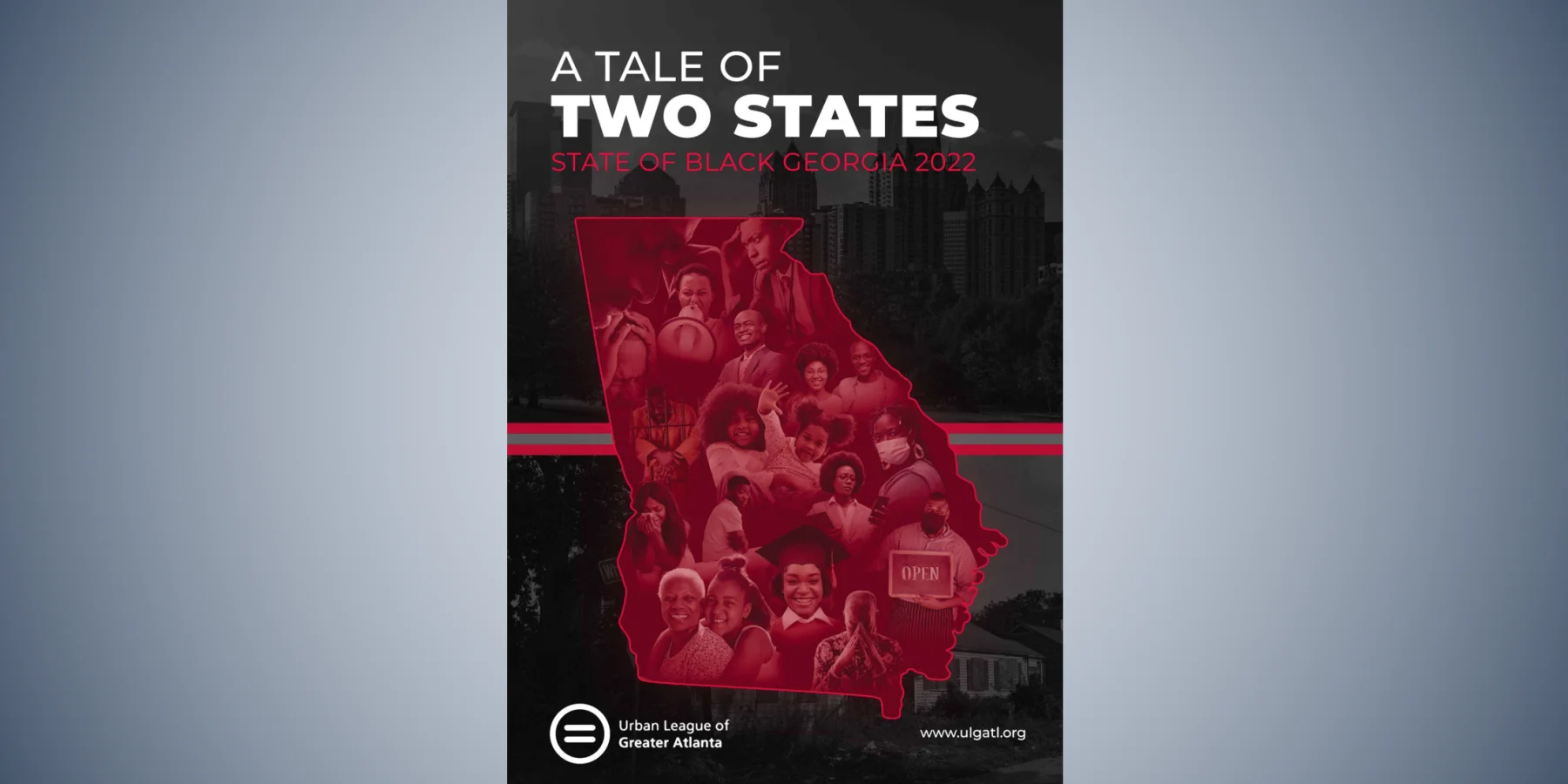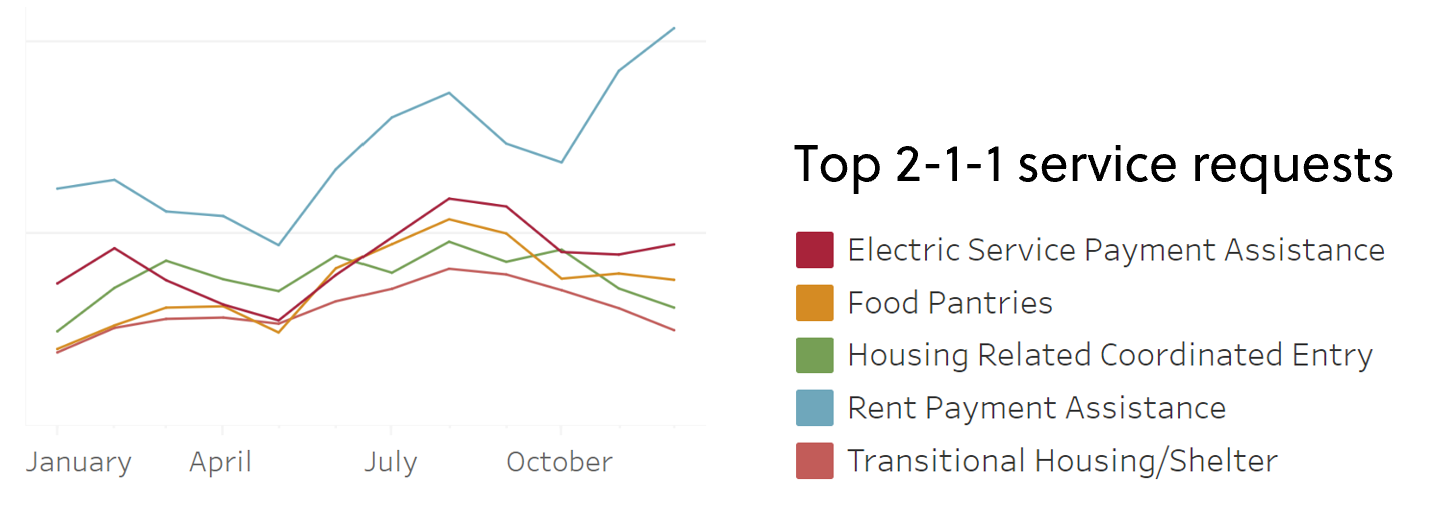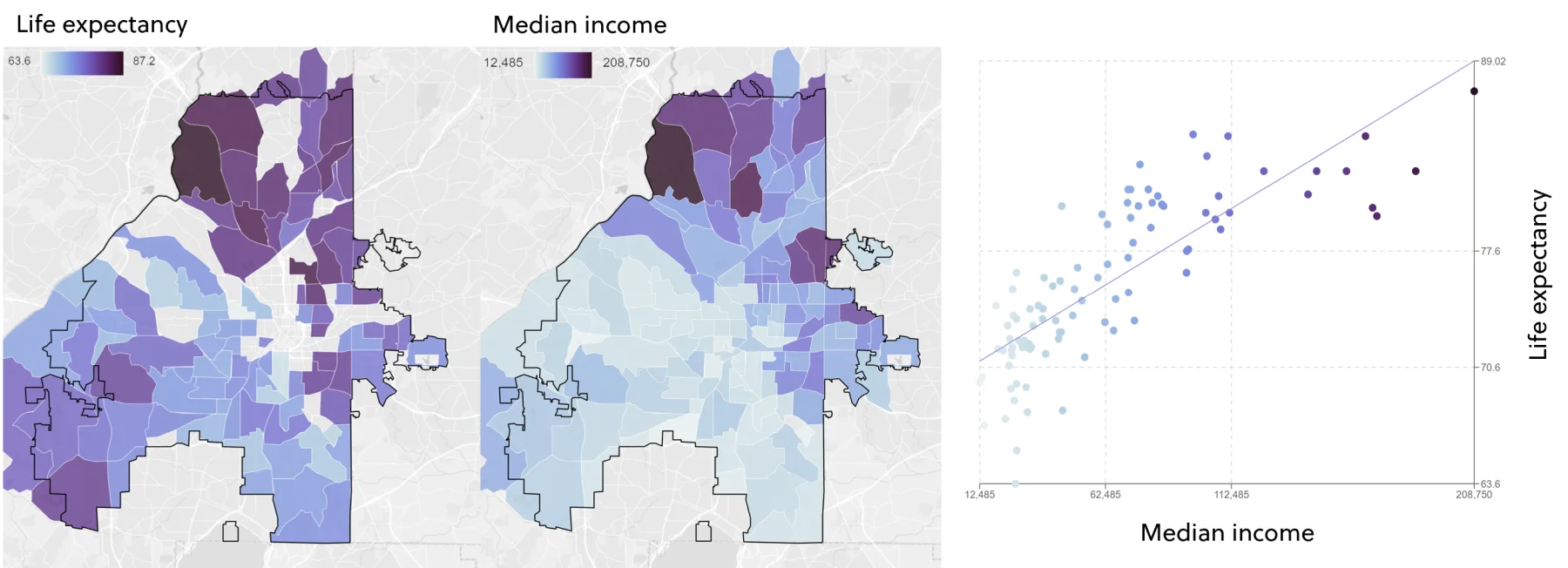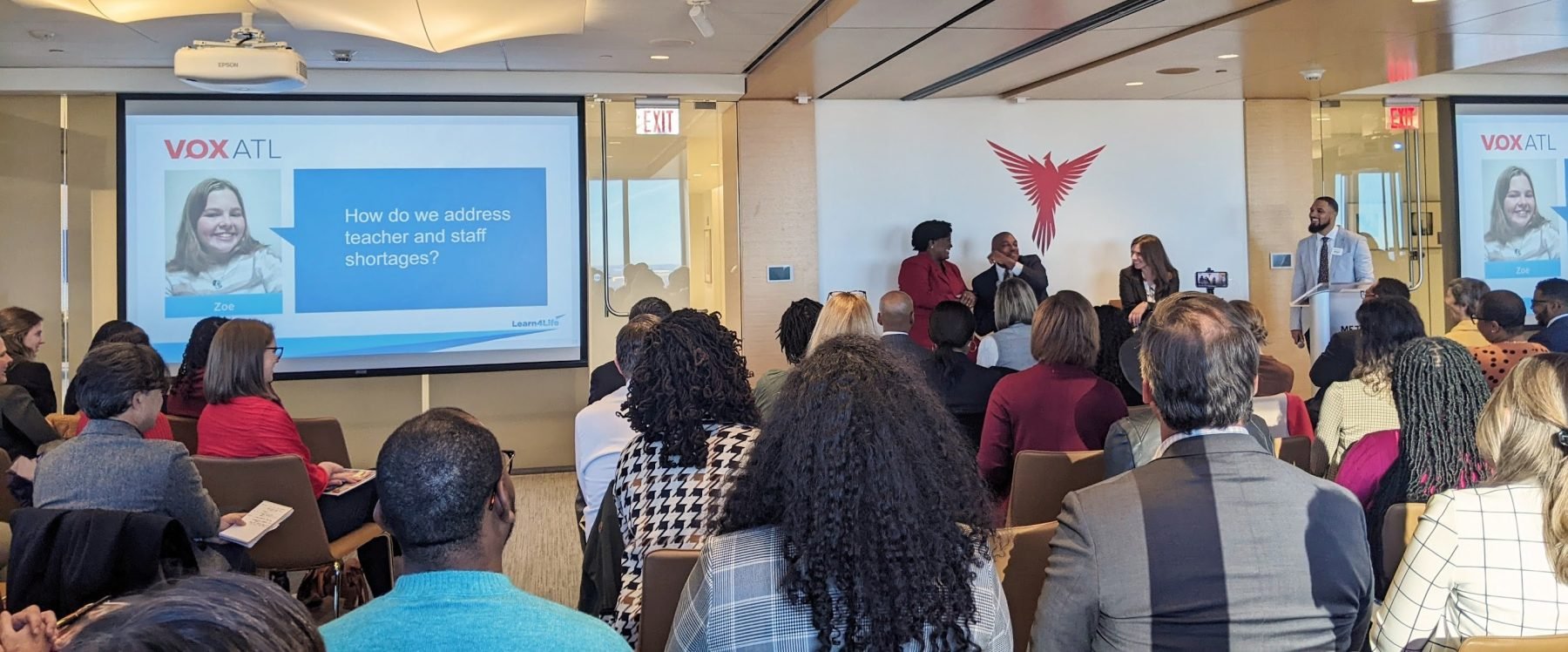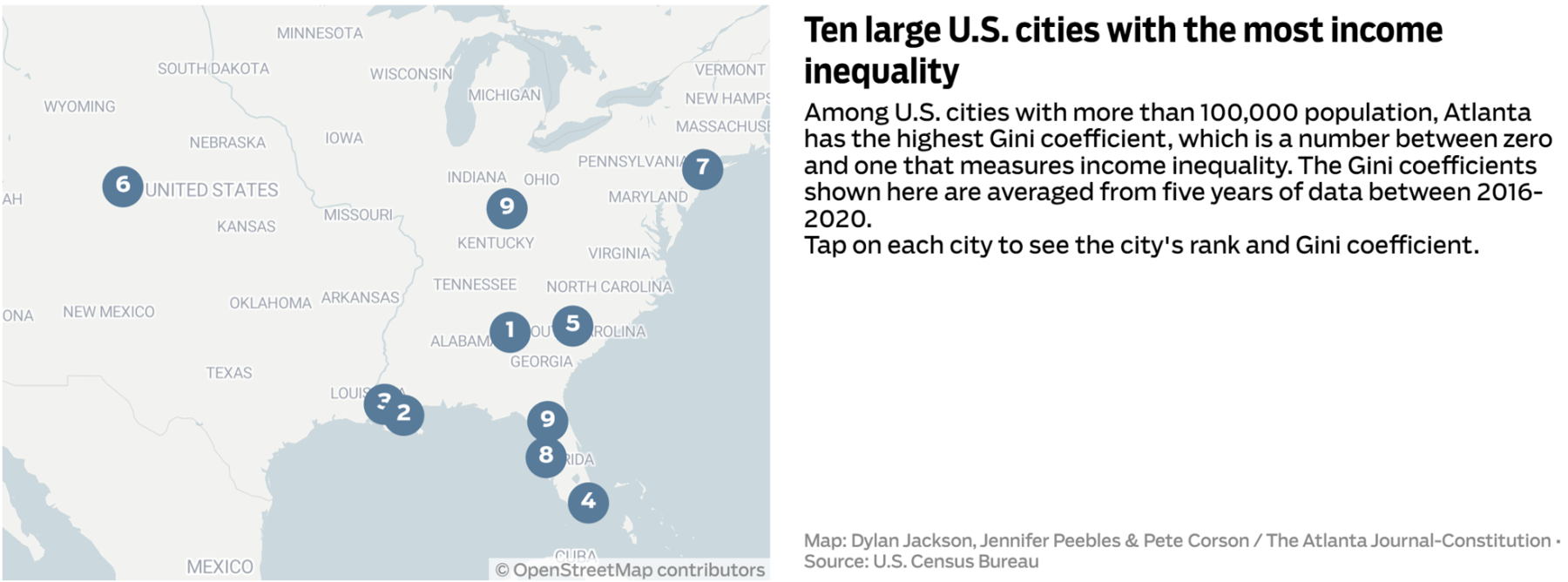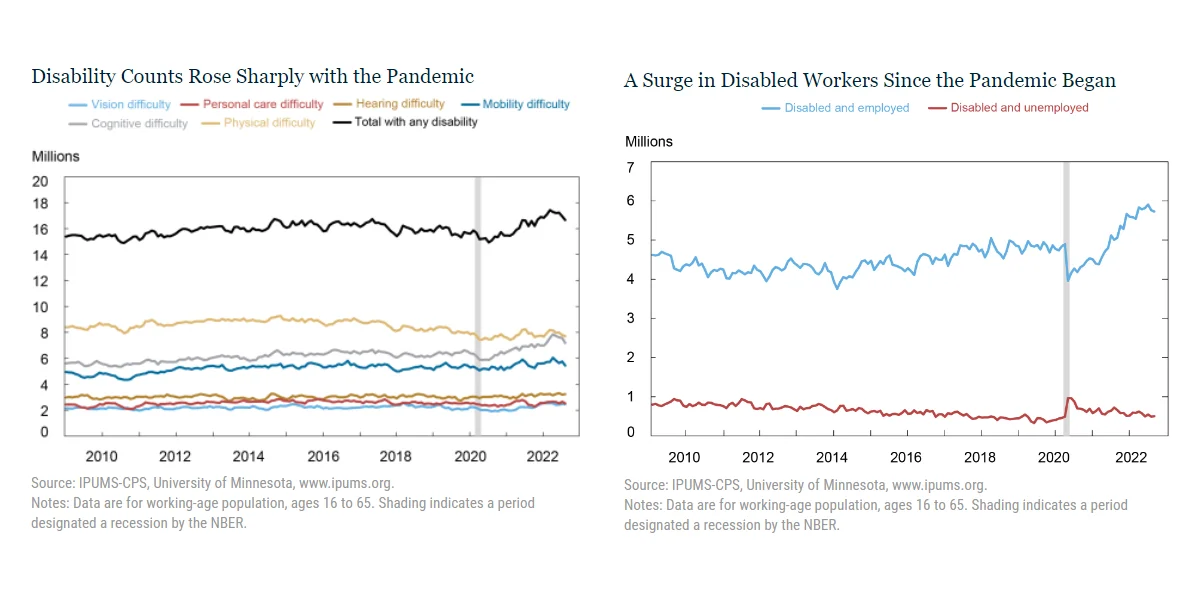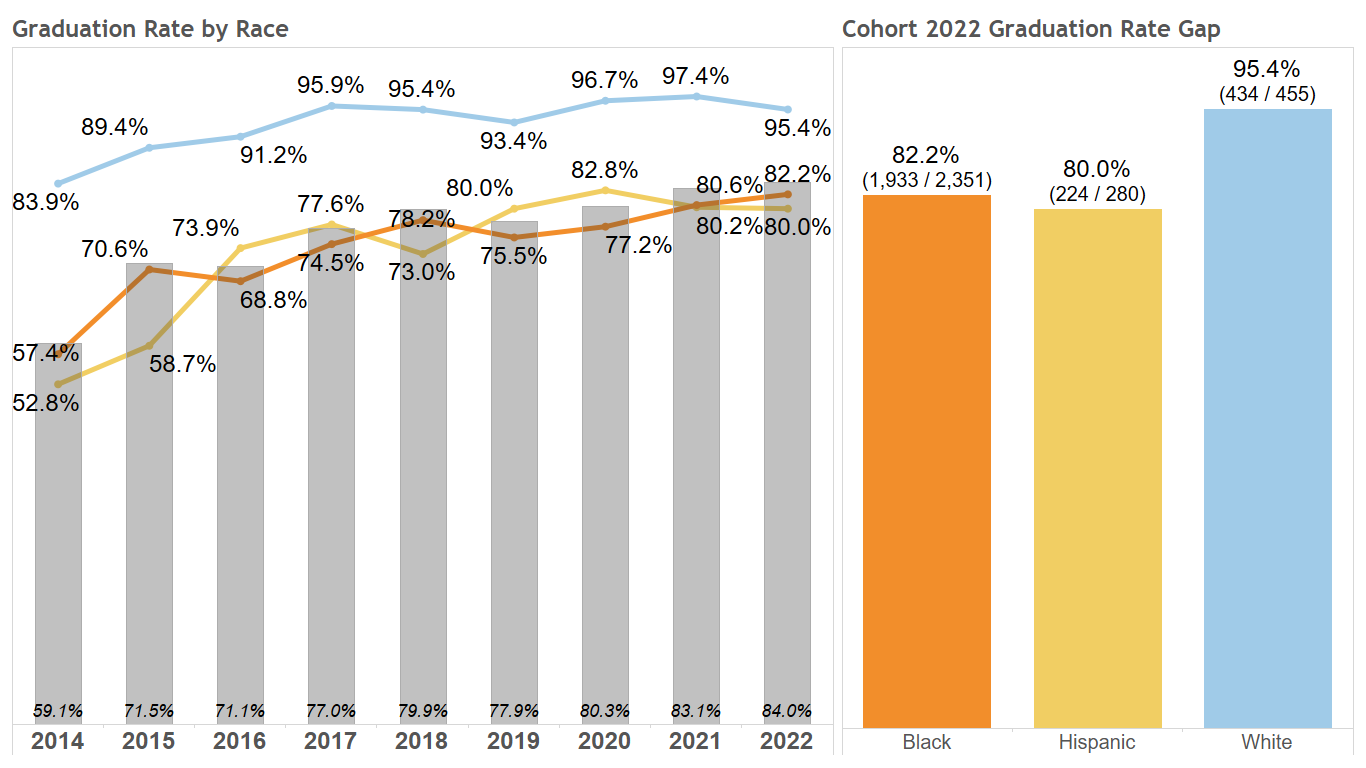Homelessness in the U.S. has been on the rise since 2017, experiencing an overall increase of 6 percent.
The 2023 edition of the State of Homelessness report shows that, according to the January 2022 Point-in-Time (PIT) count, 582,462 people were experiencing homelessness across America. Using data from the U.S. Department of Housing and Urban Development (HUD), the National Alliance to End Homelessness provides an overview of the scope of the issue in the U.S., illustrating emerging trends. Some key facts:
- Homelessness has been on the rise since 2017, experiencing an overall increase of 6 percent.
- In 2022, counts of individuals (421,392 people) and chronically homeless individuals (127,768) reached record highs in the history of data collection.
- Unsheltered rates are also trending upward, impacting most racial, ethnic, and gender subgroups.
- Homeless services systems continued to expand the availability of both temporary and permanent beds in 2022, but these resources still fall short of reaching everyone in need.
- Homelessness rose by a modest 0.3% from 2020 to 2022, a period marked by both pandemic-related economic disruptions and robust investments of federal resources into human services.
Explore Georgia’s COC dashboards here.
A note on the data: Point-in-time data are one of two common ways to quantify the homeless population. The other is through school districts as mandated by the Federal McKinney-Vento Act. Keep both sources and their definitions of homelessness in mind when analyzing this kind of data.




